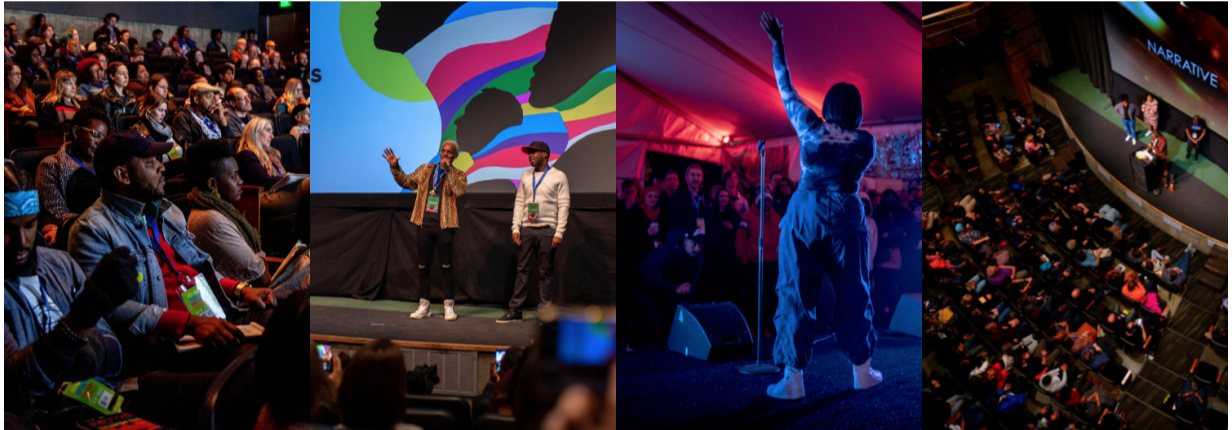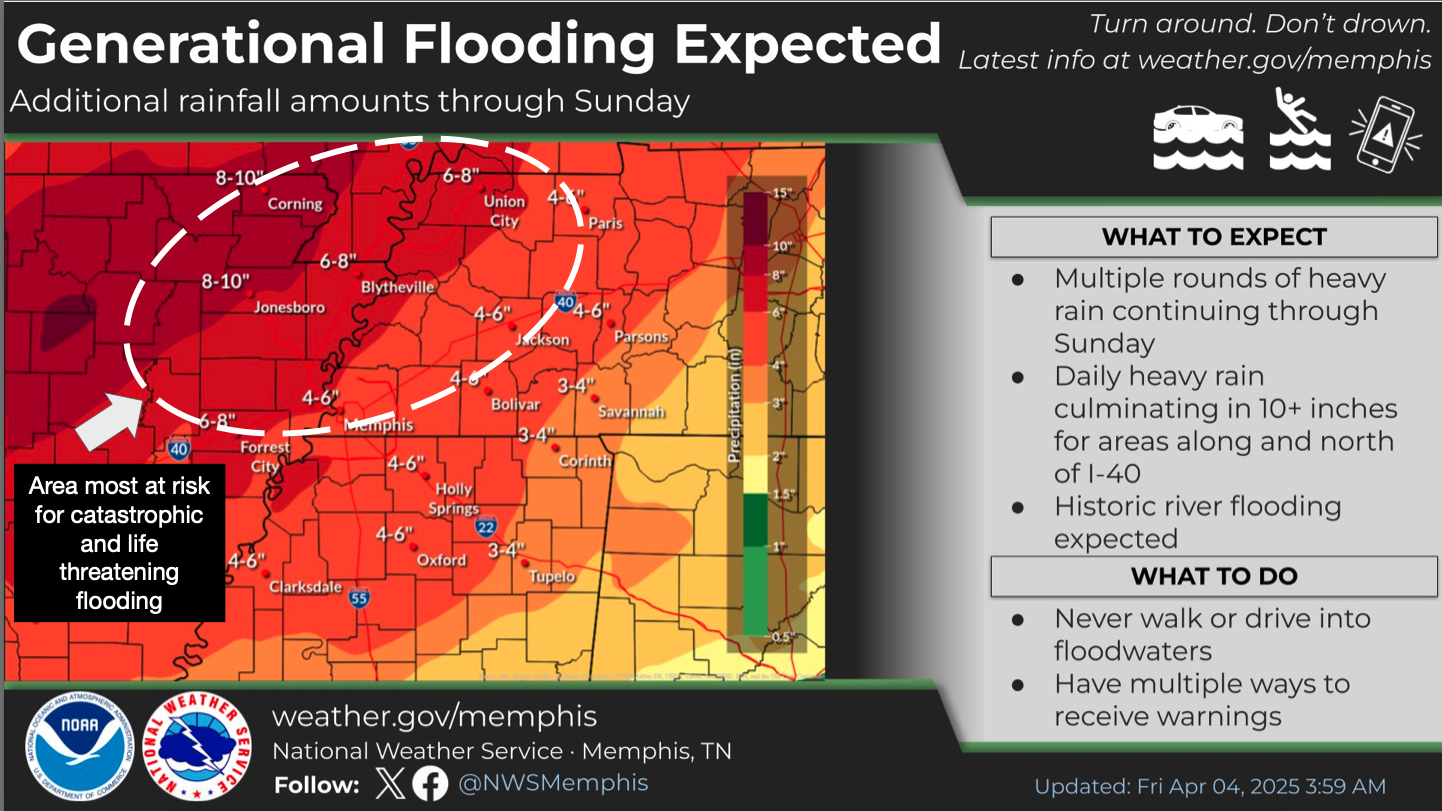Someday, my baby, when I am a man
And others have taught me the best that they can
They’ll sell me a suit, then cut off my hair,
And send me to work in tall buildings …
— John Hartford
I’m tempted to quote T-Pain: “I’m on a boat, mother … .” But I’ll spare you. I was on a boat on my vacation, though, a funky single-masted sloop owned by a sailing co-op my son belongs to in Rockaway Beach. We went out one evening with eight locals for a sunset sail in Jamaica Bay. The only sounds were gulls, congenial conversation, and the occasional snap of the mainsail. As the sun fell to the orange horizon, we took pictures. I noticed when I enlarged the photos that you could see the entire skyline of Manhattan below the setting sun, far and wee in the distance.
It brought to mind a story I’d read in The New York Times earlier in the week called “A Full Return to the Office? Does ‘Never’ Work for You?” The current return-to-office rate for office workers around the country is 43 percent, but in New York City, recent data puts the number of workers who have returned to the office five days a week at 8 percent. Most of the buildings in that impressive skyline are half-full at best.
At-home workers cite Covid fears, the cost of commuting, gasoline prices, childcare, and the inability to concentrate in a cubicle/desk situation as reasons to continue working remotely. Management fears that if their workers stay home their organizations will lose the benefits of cooperative brainstorming, a teamwork ethic, and, yes, a lack of direct oversight — not to mention that companies continue to have to pay for their office facilities whether they’re used or not.
But it’s clear the pandemic has unmasked a myth: that people need oversight to be productive. Different organizations are trying different ways forward. Some are experimenting with three-day-a-week office hours or flex scheduling around meetings, school schedules, etc. Others are downsizing office space to a few meeting areas and shared workstations.
It’s all in flux, but one thing seems certain: The office out-migration is going to greatly impact the nation’s cities, where commercial real estate has traditionally been a driver of business, employment, income, and tax revenues. Full Downtown office buildings mean full restaurants, full bars for after-work happy hours, full parking facilities, and bustling retail. Now, maybe not so much.




